Os bastidores de um laboratório de neurociência cognitiva
❉ Este artigo faz parte de uma série de artigos preparados pelas oradoras do evento Soapbox Science Lisbon. A segunda edição do Soapbox Science Lisbon, para promover as mulheres na ciência, terá lugar no dia 23 de Outubro de 2021. Guardem esta data!
Os bastidores de um laboratório de neurociência cognitiva
Por Lénia Amaral
Adoro estudar o cérebro. O cérebro é um dos órgãos mais incríveis que os humanos possuem porque controla tudo o que fazemos. A primeira vez que tive a oportunidade de me envolver num projeto científico (relacionado com as neurociências) foi no meu segundo ano da universidade. Após essa experiência, decidi que queria ser cientista e, mais especificamente, uma neurocientista. Atualmente, sou bolseira de doutoramento na Universidade de Coimbra e trabalho num laboratório de neurociência cognitiva. Mas afinal o que é a neurociência cognitiva? Cientificamente falando, este é um ramo da ciência que estuda as bases neurais das funções cognitivas. Ou seja, os neurocientistas cognitivos estudam o cérebro (como qualquer outro neurocientista) mas focam-se nas funções mentais, tais como a percepção, a atenção, a memória ou a linguagem. No meu caso, o meu doutoramento centra-se no sistema visual e na forma como determinados objetos são reconhecidos pelo cérebro. Mais especificamente, o meu interesse é saber o que acontece no nosso cérebro quando vemos imagens de mãos e ferramentas (i.e., objetos manipuláveis). Embora estas duas categorias sejam bastante distintas uma da outra, parece haver alguma semelhança na forma como são processadas no cérebro. De facto, estudos anteriores de neuroimagem mostram que mãos e ferramentas ativam áreas cerebrais semelhantes. Nestes estudos, os autores usaram ressonância magnética funcional (fMRI) para mostrar que duas áreas específicas (nas regiões parietal e temporal) eram ativadas enquanto os participantes observavam imagens de mãos e ferramentas, mas não quando observavam imagens de outro tipo de objetos. O meu objetivo é estudar esta sobreposição entre mãos e ferramentas.
Mas como é que eu estudo o cérebro e a mente humana? Imagine que quer ver como funciona uma máquina, mas não pode abrir a máquina. Este é um verdadeiro desafio para qualquer neurocientista. Queremos estudar o cérebro, mas não podemos simplesmente abrir a cabeça de alguém e inspecionar o seu cérebro. E mesmo quando se tem essa possibilidade (por exemplo, estudos com animais), como podemos aceder à mente? Parece um verdadeiro mistério. Foi apenas no século passado que a ciência foi capaz de desenvolver instrumentos que nos permitem examinar a mente humana. Por exemplo, a Eletroencefalografia (EEG) foi gravada pela primeira vez em 1924 por Hans Berger. Já a ressonância magnética funcional é ainda mais recente: foi inventada em 1990 por Seiji Ogawa, em conjunto com o seu laboratório, e revolucionou por completo o campo das neurociências. A ressonância magnética já existia desde os anos 70, mas com a ressonância magnética funcional não estamos apenas a ver o cérebro. Estamos a ler a mente.
Estas e outras técnicas tornam a minha investigação possível. No vídeo seguinte irei apresentar-vos o meu laboratório e falar sobre a minha vida como (neuro)cientista. Espero que gostem!
Agradecimento: este vídeo não seria possível sem a ajuda do comunicador de ciência do Proaction Lab. Obrigada, Daniel 😊
Autora:
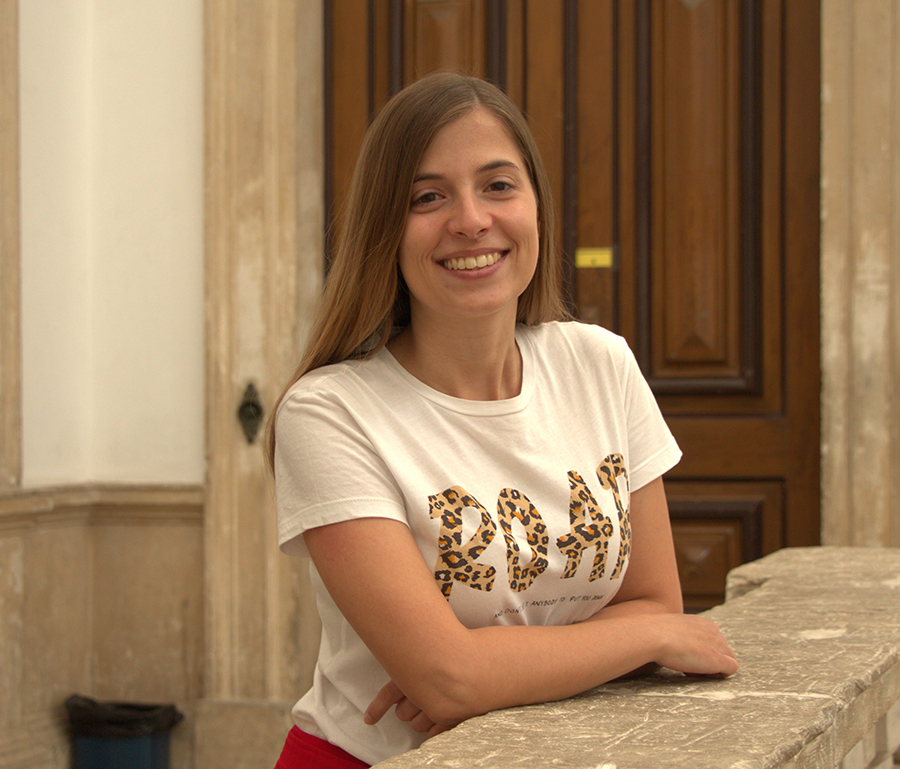 Lénia Amaral obteve o Mestrado em Psicologia na Universidade do Minho (Portugal) em 2014. Depois disso, Lénia foi assistente de investigação no Proaction Lab (Universidade de Coimbra) no âmbito de um projeto apoiado pela Fundação BIAL focado na neuromodulação aplicada à reabilitação cognitiva. Depois deste projeto, em 2017, decidiu experimentar um novo tópico de investigação. Atualmente, é bolseira de doutoramento no Proaction Lab, focando-se no processamento visual de objetos. Ao longo dos últimos anos, tem estado envolvida em diferentes atividades que visam promover a comunicação científica e esta é a primeira vez que participa no Soapbox Science.
Lénia Amaral obteve o Mestrado em Psicologia na Universidade do Minho (Portugal) em 2014. Depois disso, Lénia foi assistente de investigação no Proaction Lab (Universidade de Coimbra) no âmbito de um projeto apoiado pela Fundação BIAL focado na neuromodulação aplicada à reabilitação cognitiva. Depois deste projeto, em 2017, decidiu experimentar um novo tópico de investigação. Atualmente, é bolseira de doutoramento no Proaction Lab, focando-se no processamento visual de objetos. Ao longo dos últimos anos, tem estado envolvida em diferentes atividades que visam promover a comunicação científica e esta é a primeira vez que participa no Soapbox Science.
❉ ❉ ❉
Organização:
Email: soapboxscience.lisbon@gmail.com
Em colaboração com:
❉ This article is part of a series of articles prepared by the speakers at the Soapbox Science Lisbon event. The second edition of Soapbox Science Lisbon, to promote women in science, will happen on 23rd of October 2021. Save the date!
Behind the scenes of a cognitive neuroscience lab
By Lénia Amaral
I love studying the brain. The brain is one of the most amazing organs that humans have because it controls everything that we do. The first time I had the opportunity to be involved in a scientific project (related to neurosciences) was in my second year of college. After this experience, I decided I wanted to be a scientist and, more specifically, a neuroscientist. Currently, I’m a PhD fellow at the University of Coimbra and I work in a cognitive neuroscience lab. But what is cognitive neuroscience anyway? Scientifically speaking, it is a field of science that studies the neuronal bases of cognitive functions. In other words, cognitive neuroscientists study the brain (like any other neuroscientist) but focus on mental functions such as perception, attention, memory, or language. In my case, my PhD focuses on the visual system and how particular objects are recognized by the brain. More specifically, my interest is to know what happens in our brain when we see images of hands and tools (i.e., manipulable objects). Although these two categories are very distinct from each other, there seems to be some similarity in the way they are processed in the brain. In fact, previous neuroimaging studies show that hands and tools activate similar brain areas. In these studies, the authors used functional Magnetic Resonance Imaging (fMRI) to show that two specific areas (in the parietal and temporal regions) were activated while participants observed images of hands and tools, but not when they observed images of other types of objects. My goal is to study this overlap between hands and tools.
But how do I study the brain and the human mind? Imagine you want to see how a machine works, but you cannot open the machine. This is a true challenge for any neuroscientist. We want to study the brain, but we cannot simply open someone’s head and inspect their brain. And even when you do that (e.g., animal studies), how can we access the mind? It feels like a true mystery. It was only in the last century that science was capable of developing instruments that allow us to examine the human mind. For instance, Electroencephalography (EEG) was recorded for the first time in 1924 by Hans Berger. The functional Magnetic Resonance Imaging is even more recent: it was invented in 1990 by Seiji Ogawa, together with his laboratory, and it completely revolutionized the field of neurosciences. MRI already existed since the 70’s, but with fMRI we are not just looking at the brain. We are reading the mind.
These and other techniques make my research possible. In the next video, I will show you my lab and I will talk about my life as a (neuro)scientist. I hope you enjoy it!
Acknowledgement: this video could not be possible without the help of the science communicator of Proaction Lab. Thank you, Daniel 😊
Author:
Lénia Amaral obtained her Master’s degree in Psychology from the University of Minho (Portugal) in 2014. After that, Lénia was a research assistant at the Proaction Lab (University of Coimbra, Portugal) under a project supported by the BIAL Foundation focused on neuromodulation applied to cognitive rehabilitation. After this project, in 2017, she decided to try a new research topic. Currently, she is a PhD fellow at the Proaction Lab focusing on visual object processing. Over the last years, she has been involved in different activities that aim to promote science communication and this is the first time that she is participating in the Soapbox Science.
❉ ❉ ❉
Organizers:
Email: soapboxscience.lisbon@gmail.com
In collaboration with:


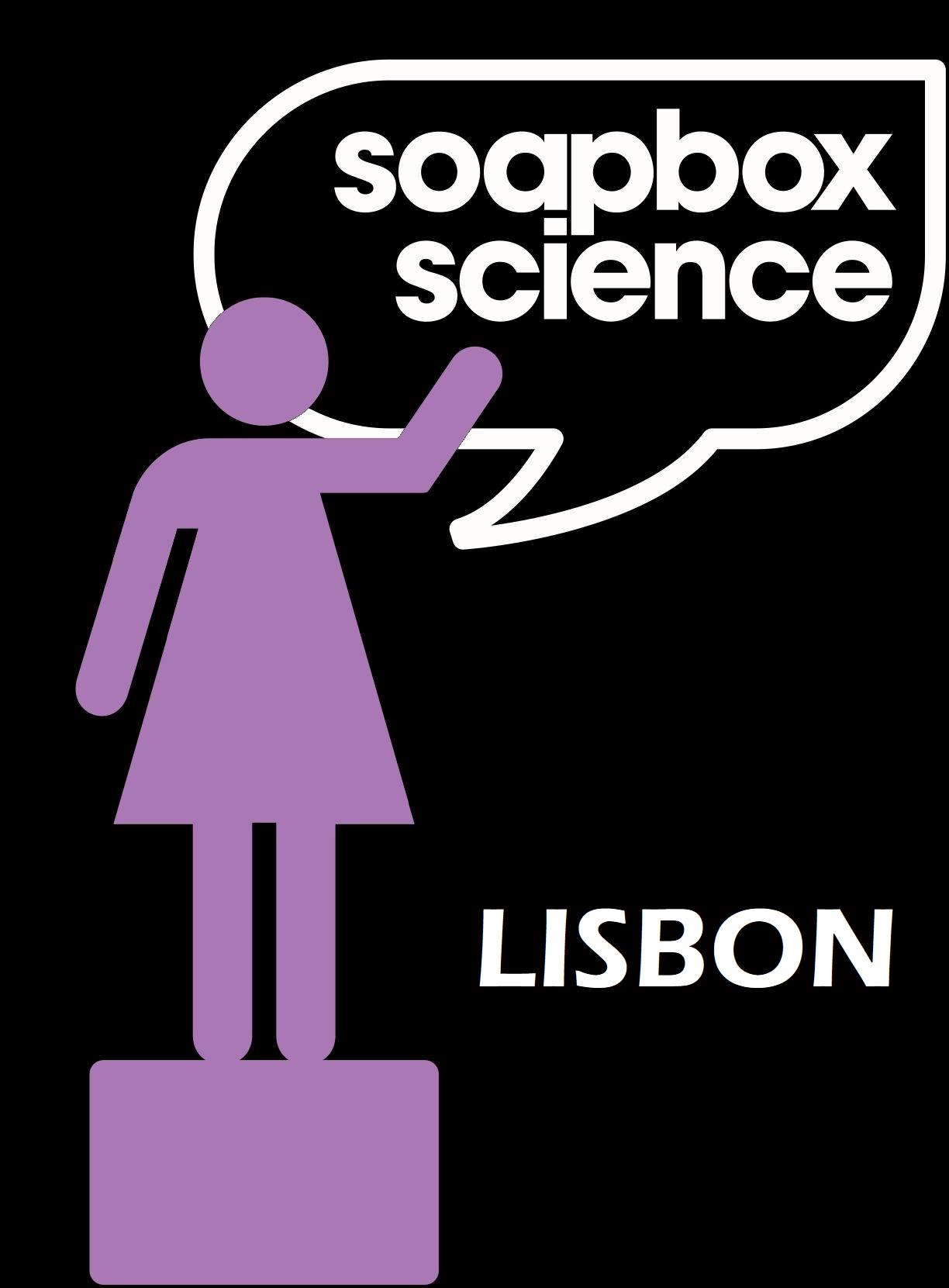
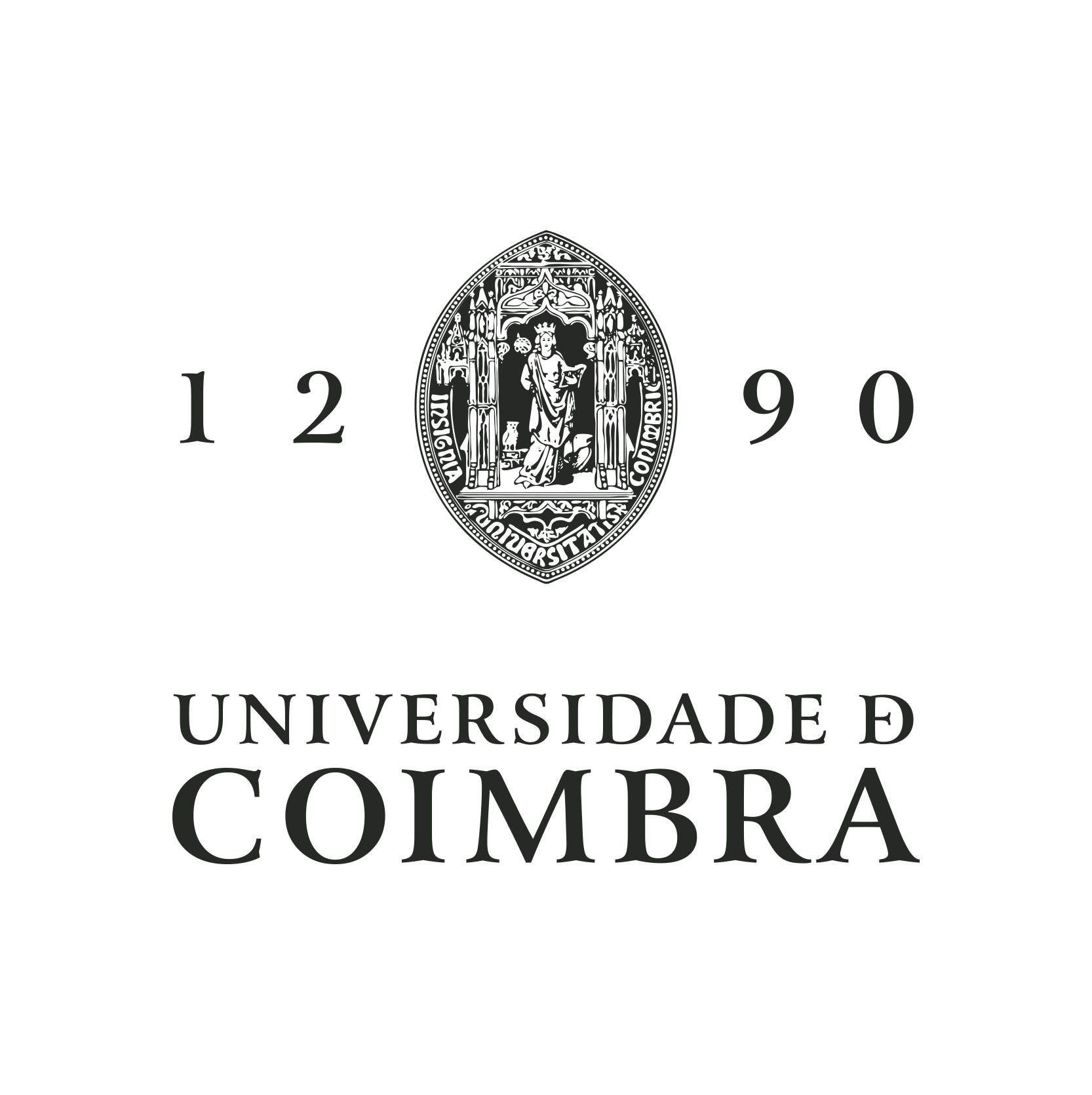
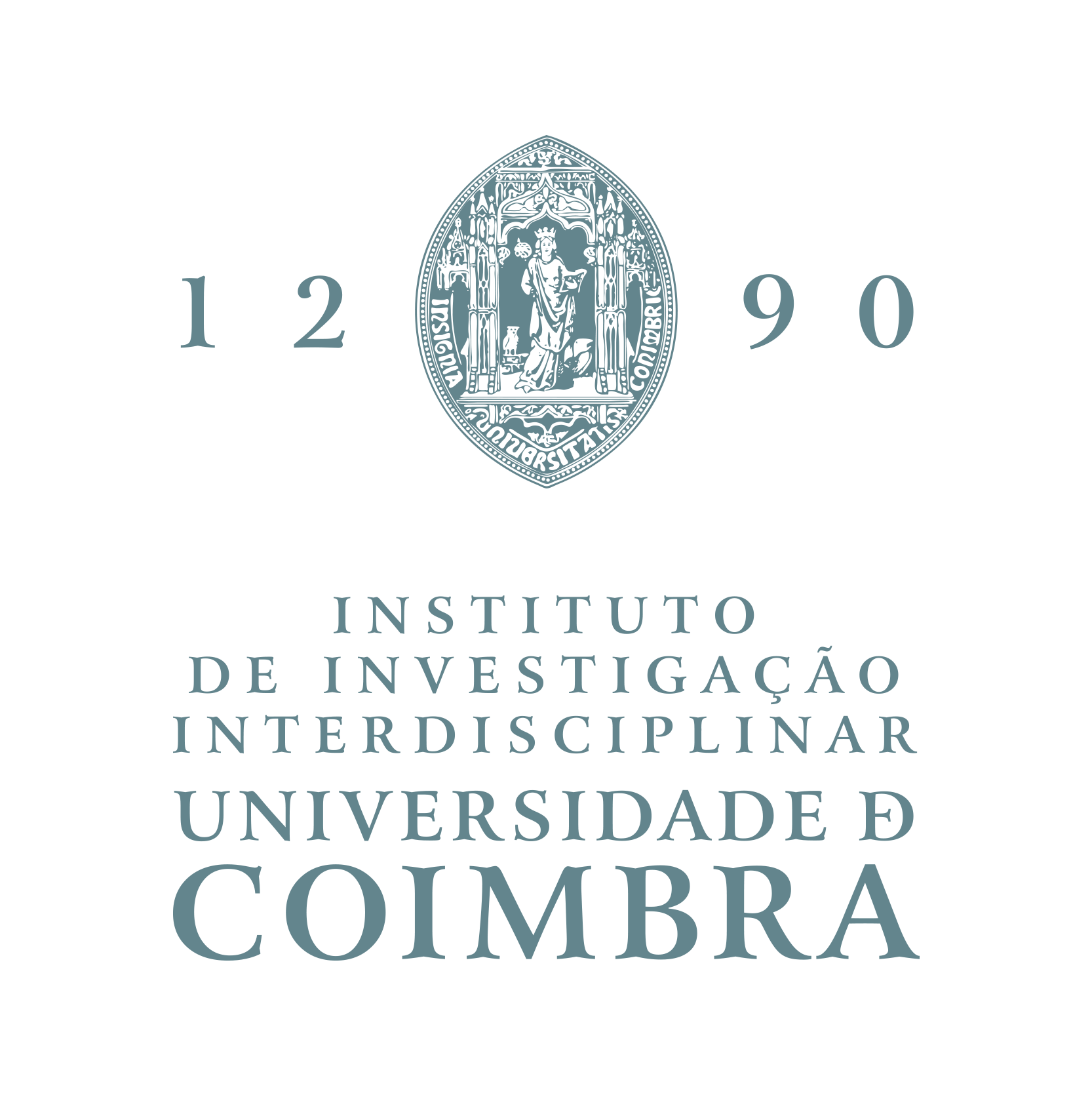

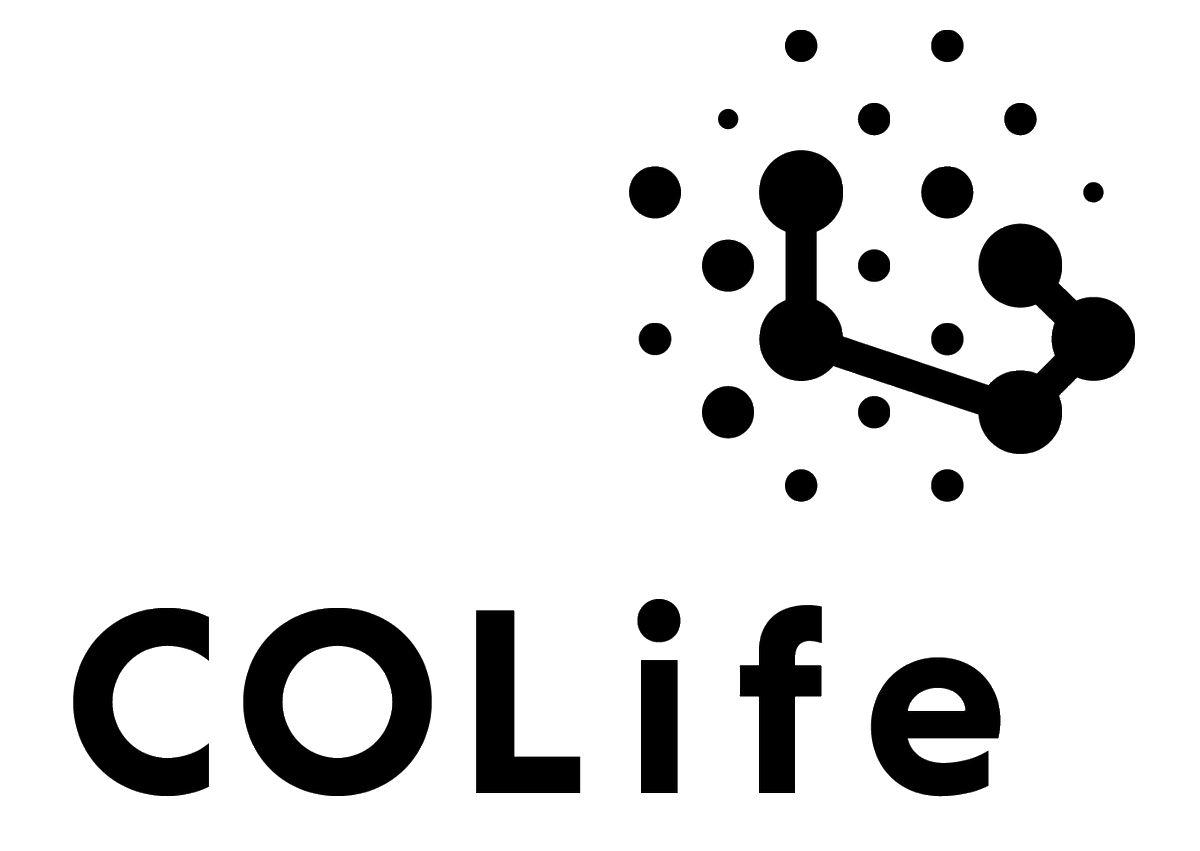
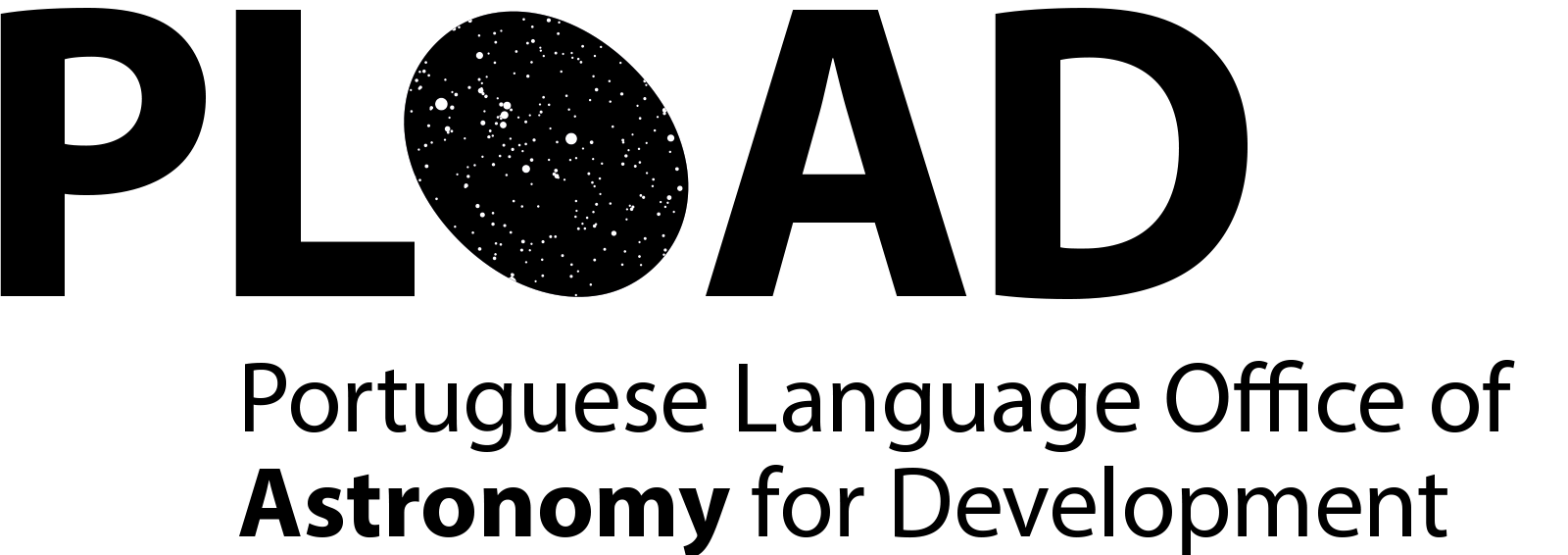
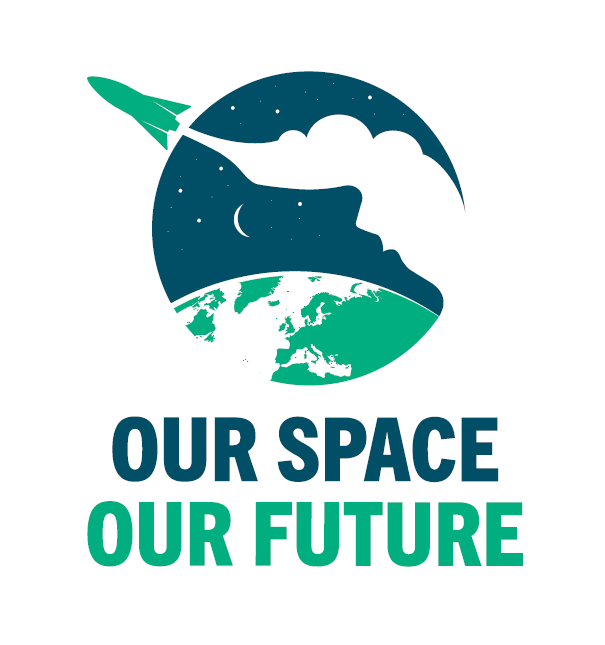

Leave a Reply